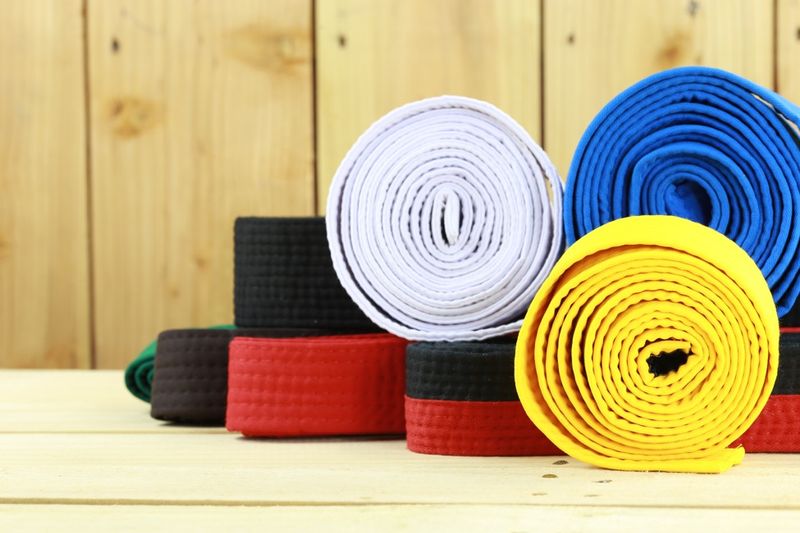What the Martial Arts Mean
If you have ever wondered what the martial arts Mean, you have come to the right place. Learn about the various forms and their origins. Continue reading to find out more about martial art and their benefits. Don’t forget to read about the different styles of the martial arts to learn more about them. This is where you’ll find the meaning of the term “martial art”.
Forms and styles of martial arts
There are many forms of martial arts, each one with its own purpose and style. The most well-known forms of martial arts are those that were developed in Japan and Korea. These styles are popular for their unique benefits and focus on different aspects. Although they are all rooted in fighting techniques they have different emphasises. Some styles are designed for self defense while others are more focused on sport or competition. Each style can be beneficial for different people, regardless of their purpose.
Many martial arts include grappling. Martial arts practitioners learn to use different weapons, such as swords, bostaffs, and Eskrima sticks. Other weapons may include a boxing glove, nunchuck, or kama. In MMA, however, sparring is the main focus. These techniques can be used in any style, no matter what. Some are even safe.
Their origins
Many Americans are familiarized with their ethnic origins. However, this varies based on race. Respondents were asked to indicate their nationality in a survey that was conducted to prepare for 2020’s decennial census. While most White respondents indicated that they were European, most Black respondents stated that they were African American.
The numbers for different ethnic groups change from year to year due to the changing nature of immigration. 18 ethnic origins were counted in the 2006 Census: Amhara, Bantu. Cornish, Dinka. Gabonese. Harari. Nova Scotian. Ontarian. Samoan. Singaporean. Tigrian. These groups include immigrants from many different countries. These groups are not necessarily related to each other, but are considered separate ethnic groups.
They have many benefits
There are numerous benefits to practicing martial arts. Martial arts training not only helps you learn to fight but it also increases your overall memory. Martial arts training can help strengthen synapses and neural pathways. You can also improve your concentration and focus. You will be more able to recall a sequence quicker and easier than you ever have before. You must remain calm and focused while practicing martial arts. These qualities will help you manage multiple tasks throughout your day.
Martial arts training can be beneficial for children. They will have better balance and coordination, feel more confident and be more energetic. Martial arts training will teach children about the power and potential of their minds. Martial arts training can be a fun way for children to learn discipline. A good instructor will show them how to behave. Instructors may even send a behavior chart home to encourage your child. If your child is interested in learning the martial arts, make sure that you choose a program that will help them reach their goals.
Characteristics
The two most important principles of martial arts training include discipline and perseverance. These are essential for mastering the forms and techniques. Students who lack self control will not attend classes and practices or may be disorganized. Students of martial arts classes develop a strong sense of self-discipline through repeated repetitions of exercises and lessons. They know it is important to slow down and allow their bodies to adapt to new demands.
Martial arts training requires intense physical and mental conditioning. Athletes should have high levels of strength, endurance, and control their weight through pre-competition training. Weight-training increases exercise load but also reduces body fat and water. Additionally, weight training reduces muscle elasticity and ligament stretch. These effects make it difficult to recover from a bout. Before you can attempt a match in martial arts, your body must be strong.
Techniques
For many reasons, the basic alignments are crucial for martial arts techniques. Here is a brief overview of the blocks used in each martial arts. To perform the upper block requires an angled arm and a fist in front. Your elbow will rise during the last portion of the block. This allows the arm rotate and repels an opponent’s attack.
The 360 kick, or tornado kick, can be very complex. Practitioners spin in the direction of the back leg, and then elevate the knee to execute a spinning Inside Half Moon-Kick in mid-air. Many kicks require jumping before they can be executed, including the side kick and flying side kick, roundhouse kick, axe kick, and front kick. Jumping spin kicks are another common move in martial arts. A jumping spinning kick is a type of jumping kick in which the practitioner pulls up the back leg to execute a kick with the front leg.

